By Constance Bradley
Human beings are seemingly hard-wired to value instant gratification of our needs and wants. We like to have what we want right now, not later; we don’t want to wait for results. Today’s society caters to this desire. Notice the dearth products and services that promise instant push-button results: fast food, diet pills, microwave meals, and airport security fast passes are a few examples. Even the way we consume digital media has evolved into an instant, “on-demand” model. Take for example Netflix – a digital distribution service of television and movies – who offers two ways to consume content. Customers can either receive a DVD of a selected movie in the mail, or they can choose to stream the video instantly via the Internet. Netflix has 33 million members who stream videos compared with only 8 million who get DVDs by mail (Quirk 2013, Netflix 2013). Netflix built a successful business by understanding that most people, when given an option, would rather watch a movie instantly on the Internet then wait for the DVD to arrive in the mail.
I’m not arguing against completely eradicating some instant gratification; I enjoy the convenience of using my microwave more than anyone! However, I think it is important to take a step back and recognize the impact of such behavior in general terms. Fast isn’t turning us into masters of the universe; in fact, the prospect of instant results is making us more impatient. The need to have instant gratification of our wants and desires is not new, but our expectation of “instant” has become faster and, as a result, our patience is thinner. We seem to have lost the importance of patience.
This loss of patience also applies to our yoga practice. We walk into the hot room and are conditioned to expect immediate results: we think our bodies should immediately bend into perfect postures, that we should realize complete stillness during Savasana, and that our minds will be totally calm and peaceful. When these things don’t happen for us right away, it is common to grow impatient and start to think the yoga is not working for us. Bikram addresses this very issue and states that patience is the fifth quality of the mind; patience is an essential component of attaining Self Realization. Even if we have developed the four other qualities of the mind – faith, self-control, determination, and concentration – mental peace will remain out of our grasp if we do not practice patience. “Your journey to Self-Realization will be a long one,” Bikram writes, “it’s not an overnight thing, like they FedEx it to you or something. This is a lifelong process you’ve just started; you are going to need patience” (Choudhury 2007).
Growing up, I was constantly reminded that patience is a virtue. It seems, however, to be a virtue in short supply. In fact, my family would call me “Patience” rather than “Constance” to remind me of my proclivity towards instant results. Patience is difficult and at times arduous; it is like hauling a heavy trailer with no assistance. You know the end is coming, you just don’t know when you are going to get there. But the good thing about having patience is that you know the end result is always worthwhile. So, the next time you walk into the hot room and are frustrated by your seeming lack of progress, practice being patient. Lie still in Savasana, wait your mind out, and eventually you will win. The mental chatter will subside. With yoga, overnight results are not the goal; instead, yoga is a lifelong journey that promises to be worth the wait.
Sources
Choudhury, Bikram. 2007. Bikram Yoga. New York: HarperCollins.
Netflix. 2013. http://www.netflix.com/HowItWorks
Quirk, Mary Beth. Feb 7, 2013. “The End of Saturday Mail Delivery Is Awesome for Netflix, Not So Much for DVD Customers” http://consumerist.com/2013/02/07/the-end-of-saturday-mail-delivery-is-awesome-for-netflix-not-so-much-for-dvd-customers/







